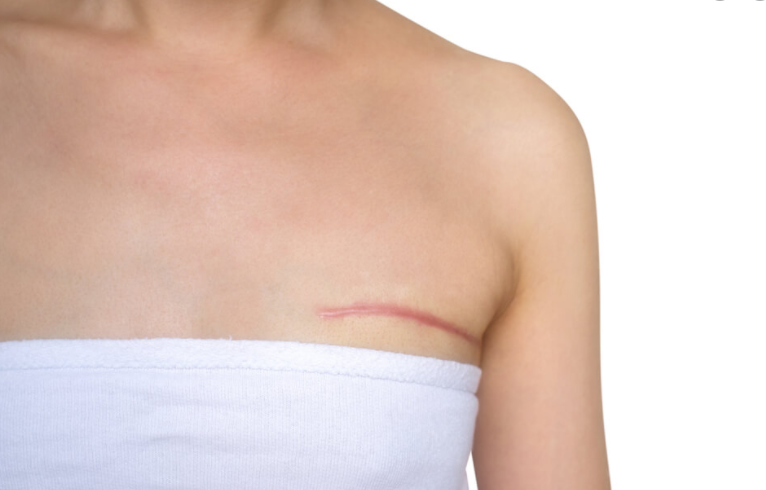
We all know what BREAST RECONSTRUCTION SURGERY is, the dangers, and what it is, but we really don’t know what we can do about breast cancer and feel helpless to wait. By referring to the word “breast cancer”, you can feel a little chills by knowing the damage it can do and the life it can ruin. But what do you know? We can do something about it. You don’t have to wait for a diagnosis or for damage or challenges. What we can do is to recognize that it exists and tell us women to steer and stab it into breast cancer! Of course, we read about Angelina Jolie and her double mastectomy. This is just courage in my opinion.
In her NY Times editorial, she talks about her mother’s death from cancer and her children never having the chance to know how great they are. What can she say to her children? Do you tell them that she has the BRCA1 gene? Will she try to explain? Does she tell the kids that it never happens? Obviously, I don’t know what Angelina Jolie says, but what she did was even more courageous. Instead of having to tell the kids that cancer might take over her someday, she stood up and said, “No, I always want to be here for the kids.” Every mother wants to tell her children that she will be there forever. That’s what Angelina Jolie and many mothers today say for prophylactic mastectomy. I am here today and tell you that you have a choice. You can select and manage your cancer.
BRCA1 and BRCA2:
First, let’s talk about breast cancer and hereditary BRCA1 and BRCA2 genes. Over 296,000 American women face breast cancer each year. There are many risk factors such as genetics, race and ethnicity, hormone replacement therapy, oral contraceptives, and alcohol. The BRCA1 and BRCA2 genes are genetic risk factors. Known as tumor suppressors, these genes help ensure DNA stability and prevent uncontrolled cell growth. Mutations in these genes are associated with the development of hereditary breast and ovarian cancer.
Women who inherit these mutated genes have a significantly increased risk of developing breast cancer, averaging 65%, but the risk varies from woman to woman. The next step after being informed about a gene is to diagnose if you have a hereditary mutation. There are several ways to look for changes in BRCA1 and BRCA2 DNA and changes in the proteins produced by the genes. Blood samples are needed and sent to a specific laboratory that specializes in BRCA1 and BRCA2 tests, which usually takes weeks or more to get results. After this test, you will probably receive genetic counseling to inform and prepare for either positive, ambiguous, or negative results. For those who test positive, surveillance or cancer screening to detect the cancer as soon as possible, preventive surgery to remove “risk” tissue, or bilateral prophylactic mastectomy (for healthy breasts) There are several options, including removal; Angelina’s choice) and chemical prophylaxis. Use certain drugs that are known to reduce the risk of developing invasive breast cancer.
Treatment and Breast Reconstruction Surgery:
Now let’s talk a bit about surgery and your options. Reading about risks, challenges, and diagnostics can be a little scary, but in the end, you need the one that works best for you and your family, and that part is easy. If the test turns out to be positive, or if there are early signs of breast cancer, it is suitable for removing infiltrated tissue, one breast, or both breasts. You have the option of performing a mastectomy, removing the entire breast or removing a breast mass, or removing the part of the breast that contains and surrounds the tumor with radiation. As a result, the breast does not look the same as it did before surgery, which can lead to a decrease in self-esteem and self-confidence after surgery